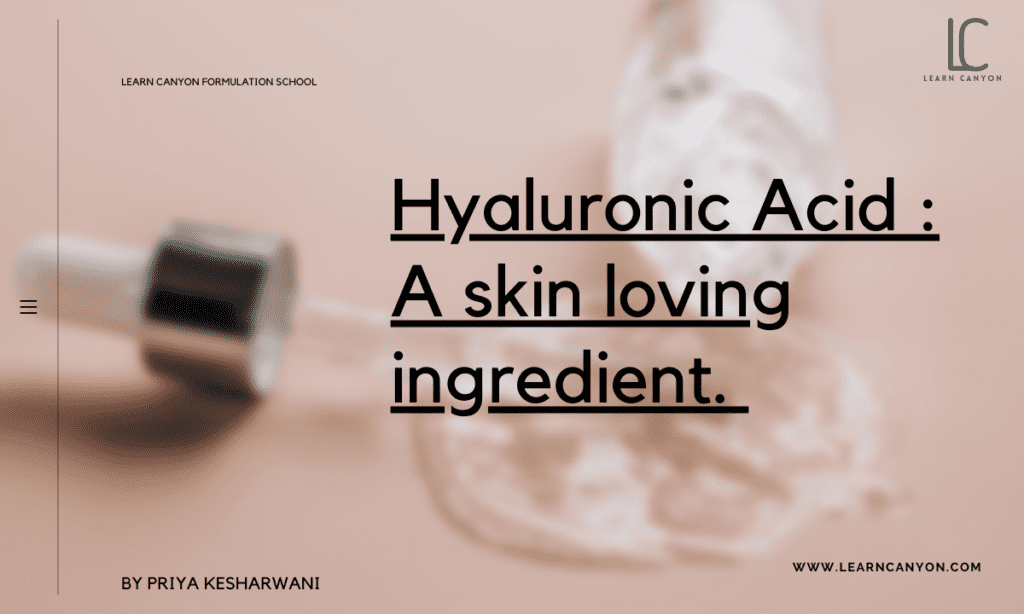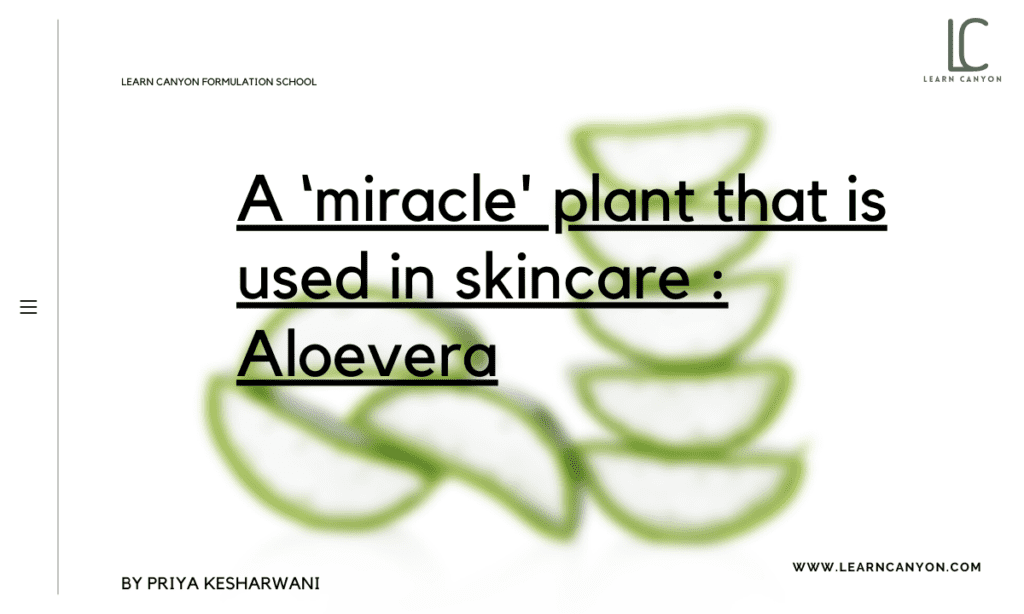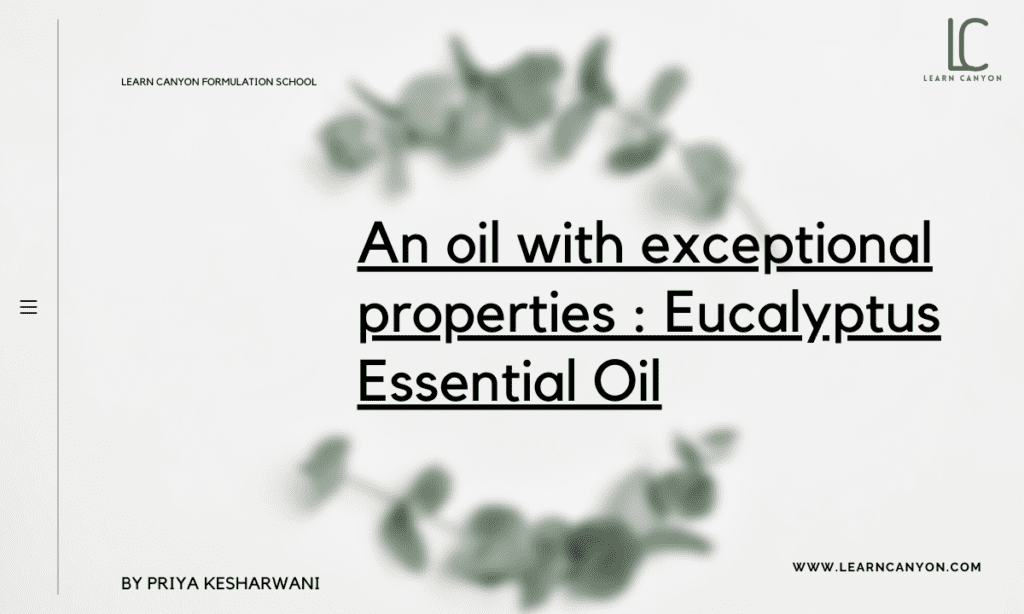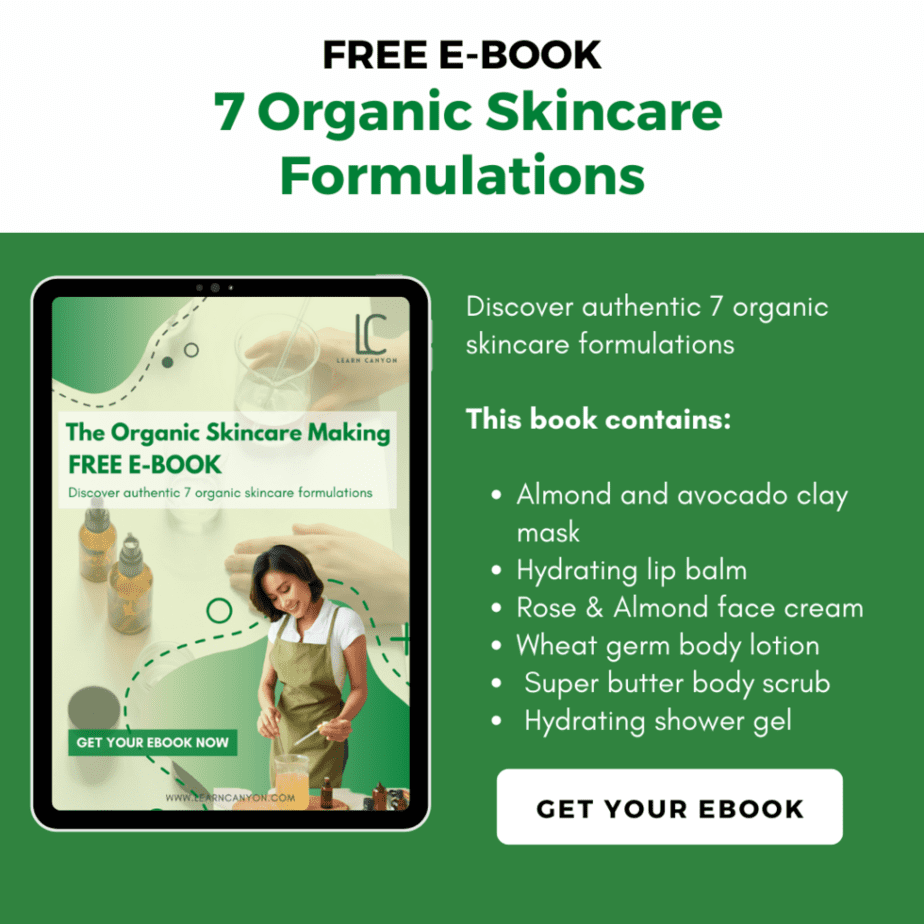
Coenzyme Q10 – Powerful Antioxidant

Coenzyme Q10
Coenzyme Q10 is one of those well-known compounds that is often promoted as having significant health benefits, but we don’t always understand why. Let’s look at this enzyme, which has been praised as one of the best antioxidants, and see what it can do for our skin.
What Is Coenzyme Q10?
The enzyme CoQ10, also known as ubiquinone or coenzyme Q10, is found in every cell of our bodies. It aids in cell growth and maintenance and is naturally produced by our bodies (though production declines as we age).
According to Thomas, coenzyme Q10 (CoQ10) is a naturally occurring biological enzyme and one of the most significant antioxidants. “CoQ10, or Coenzyme Q-10, is a fat-soluble quinone molecule,” she explains.
| What is it? | The human body naturally produces coenzyme Q10 (ubiquinone). It's a vitamin-K-like compound that's high in antioxidants. |
|---|---|
| INCI | Ubiquinone. |
| Appearance | Yellow to orange liquid or powder |
| Texture | Depends on the format |
| Recommended Usage | 0.01-3.0% |
| Solubility | Oil soluble |
| Melting point | 48–52°C (118–126°F) |
| Boiling point | 869 °C |
| pH | 2-3 |
| Aroma | Nothing noticeable |
| Why do we include it in formulations? | Coenzyme Q10 (Ubiquinone) is used in cosmetics for its antioxidant, skin-conditioning, and anti-aging benefits. |
| How to work with it? | To achieve adequate integration, add powdered Coenzyme Q10 (Ubiquinone) to the hot oil phase of emulsions. |
| Applications | It's a popular ingredient in anti-aging skincare. It can aid in the prevention and healing of UV damage as well as collagen breakdown. |
| Absorption rate | Fast |
| Strength | It's a powerful antioxidant with appealing packaging. It can assist in the repair of sun damage (including wrinkles produced by UV exposure) as well as the enhancement of skin cell turnover. |
| Weaknesses | It’s fairly expensive. |
| Substitution | Vitamin E (tocopherol acetate). |
| How to store it? | Stored in a cool, dark, and dry place. |
| Shelf life | The powder form should keep you going for up to 36 months. |
Fun Fact
| Type of ingredient | Antioxidant |
|---|---|
| Main benefits | Skin tone is evened, UV damage is diminished, and skin moisture is enhanced. |
| Who should use it | CoQ10 is generally considered to be safe for use by almost everyone Those with vitiligo, however, should visit a dermatologist before using. |
| How often can you use it? | CoQ10 can be applied to your skin in the morning and at night. Before using any heavy moisturisers, apply this first. |
| Works well with | Aloe Vera, vitamin C, vitamin B3, hyaluronic acid |
| Doesn't work with | No known interactions. |
| How to use it in formulations | To ensure effective inclusion in the hot oil phase of emulsions. |
Mechanisms of action
What occurs when coenzyme Q10 is put to your skin? The major function of CoQ10 is to neutralise free radicals. Free radicals are unpaired electrons that try to attach to other electrons as a byproduct of the energy-production process within cells, and in the process can harm vital cells in our bodies, contributing to skin ageing.
Benefits of CoQ10 for Skin
- Fights and Protects Against Sun Damage: By neutralising free radicals created by pollution and sun exposure, it helps to protect the skin against collagen breakdown.
- Maintains skin health by providing energy to repair cell damage and aid in pollution elimination.
- Smoothes and Lifts Skin: Helps the body produce more collagen and elastin, which reduces fine lines and wrinkles.
- Even Skin Tone: It has been shown to decrease tyrosinase, a pigment-producing enzyme that aids in the removal and avoidance of dark spots.
Side Effects of CoQ10
Although topical treatments are typically safe for all skin types, you should proceed with caution if you have specific skin conditions. “Use topical CoQ10 therapy with caution if you have a history of vitiligo,” Idriss says. “CoQ10 has been shown to inhibit the pigment-producing enzyme tyrosinase.” Inhibiting it may worsen depigmentation in vitiligo patients.
How to Use it in formulation?
To achieve adequate integration, add powdered Coenzyme Q10 (Ubiquinone) to the hot oil phase of emulsions.
Work well with other ingredients
The good news is that combining it with other components is relatively safe. CoQ10 appears to work well with a variety of different substances, including Aloe Vera, vitamin C, vitamin B3, and hyaluronic acid.





